
19th August 2025
15 min read
by Anna Jones
Dieppe to Mont-Saint-Michel
In the North of France, bordering the English Channel, lies Normandy. Invaded by Vikings in the 8th century AD, birthplace to William the Conqueror, home to all five D-Day beaches, the gothic Mont Saint-Michel Abbey, and Impressionist painter Claude Monet (1840-1926), Normandy is a fantastic place for history buffs. Both rich in history and rugged in coastline, Normandy attracts tourists from all over the world.
The Normandy road trip we recommend takes you from Dieppe to Mont-Saint-Michel, which is around 309 kilometres (192 miles) and takes around 3 hours 27 minutes door to door. Hiring a car for this road trip? Don’t forget your car hire excess insurance policy from ReduceMyExcess! Please note that this route includes toll roads and motorways.
Dieppe
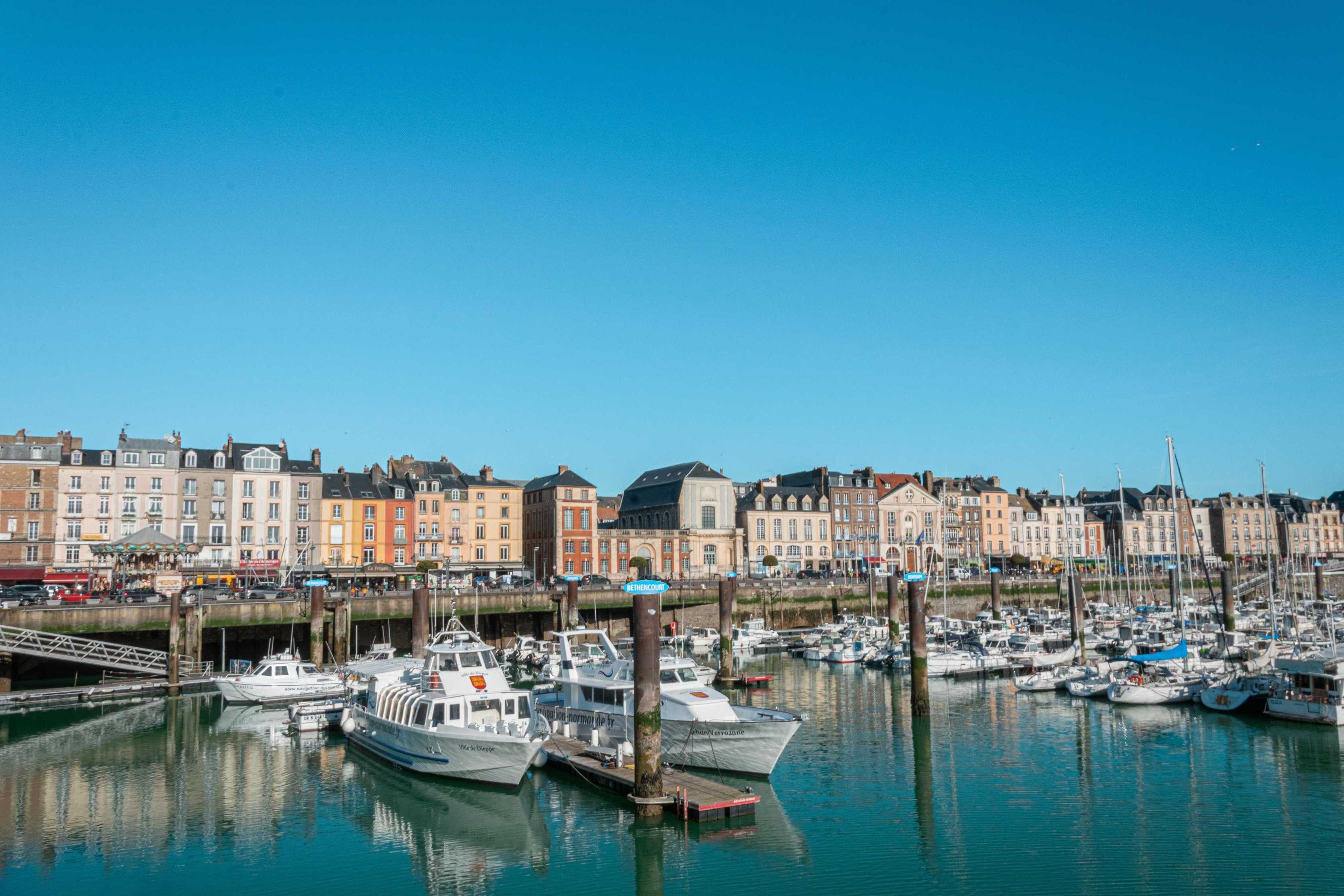
Rural and underrated, we suggest beginning your Normandy road trip in Dieppe. This charming fishing port has colourful boats lining the marina and is the hub of fishing. Like much of Normandy, Dieppe is also steeped in art and history, meaning there is plenty to explore.
If you’re lucky enough to be in Dieppe on a Saturday morning, then you can’t miss the vibrant market with stalls that stretch from the Grand Rue to the Place du Puits-Salé. For nature lovers, venture to the GR21 hiking trail as it showcases the best of Dieppe’s protected flora and fauna.
Dieppe is celebrated for its seafood, particularly the scallops. Local dishes such as Marmite Dieppoise, a stew of shellfish and white in a creamy Normandy sauce, Sole à la Dieppoise served with a white wine sauce of shrimps, mushrooms and mussels, and Lisette à la Dieppoise, mackerel marinated in cider, are served proudly in traditional French restaurants.
Best Restaurants in Dieppe
- Le Bistrot du Pollet – A bistro whose menu and dishes depend on the local catch.
- L’Ô2 Mer – Offers contemporary cuisine using local produce.
- Le New Haven – Traditional French restaurant with views of the marina.
Best Hotels in Dieppe
- Château de Miromesnil – A 16th-century chateau where Guy de Maupassant was born.
- Villa Castel – An old Anglo-Norman property at the foot of Dieppe Castle.
- Hôtel de la Plage – Located right on the seafront and a two-minute walk from the heart of Dieppe.
Étretat
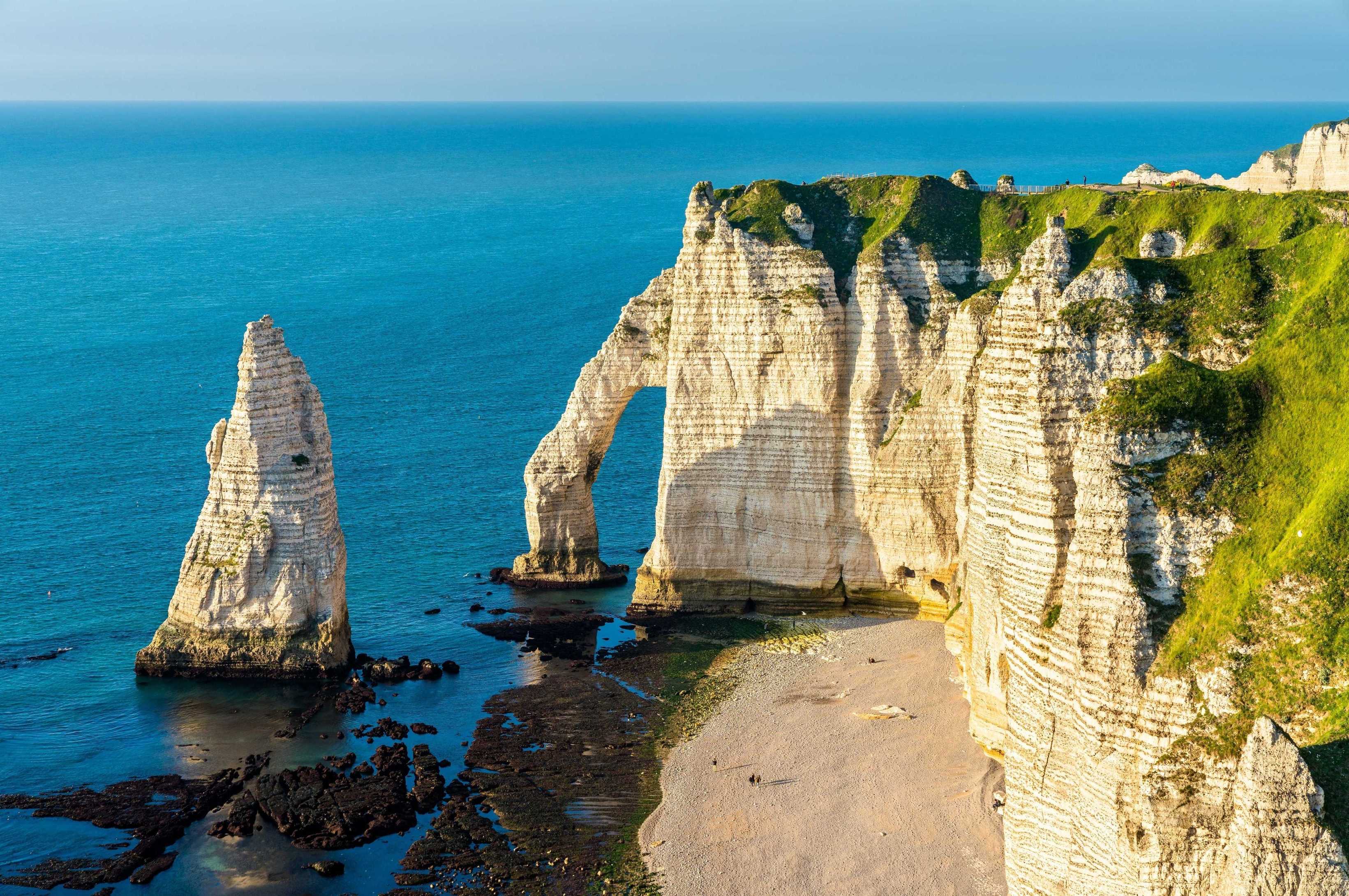
From Dieppe, head south to Étretat, home to the famous Falaise d’Aval. The alabaster cliffs have been shaped by nature into arches and have long been a source of inspiration for artists. Among them is Monet, who created over 90 paintings of the cliffs, and Jean Francis Auburtin (1886–1930).
Several paths in Etretat allow you to see the best of the cliffs. We recommend these walks as a way to fully appreciate the vista below and the surrounding scenery. They’ll allow you to experience the cliffs captivating enough to be painted many times over.
La Falaise d’Amont is the easiest walk that leads to a nice viewpoint. La Falaise d’Aval is moderately difficult and allows you to get closer to the arch and needle (as seen in the photo). If you want a real challenge, you can do the Chemin des Douaniers walk, which takes you along one of the coastal paths.
Best Restaurants in Étretat
- Le Romain d’Etreat – Popular pizzeria with pizza, pasta and charcuterie boards. Why not get a pizza to take away and continue enjoying the view?
- Le Clos Lupin – Menu of Bistro classics that vary based on the season.
- Restaurant Du Golf d’Etretat – This is a golf clubhouse that offers a set menu with seasonal meat and fish. The restaurant offers a fantastic sea view.
Le Havre
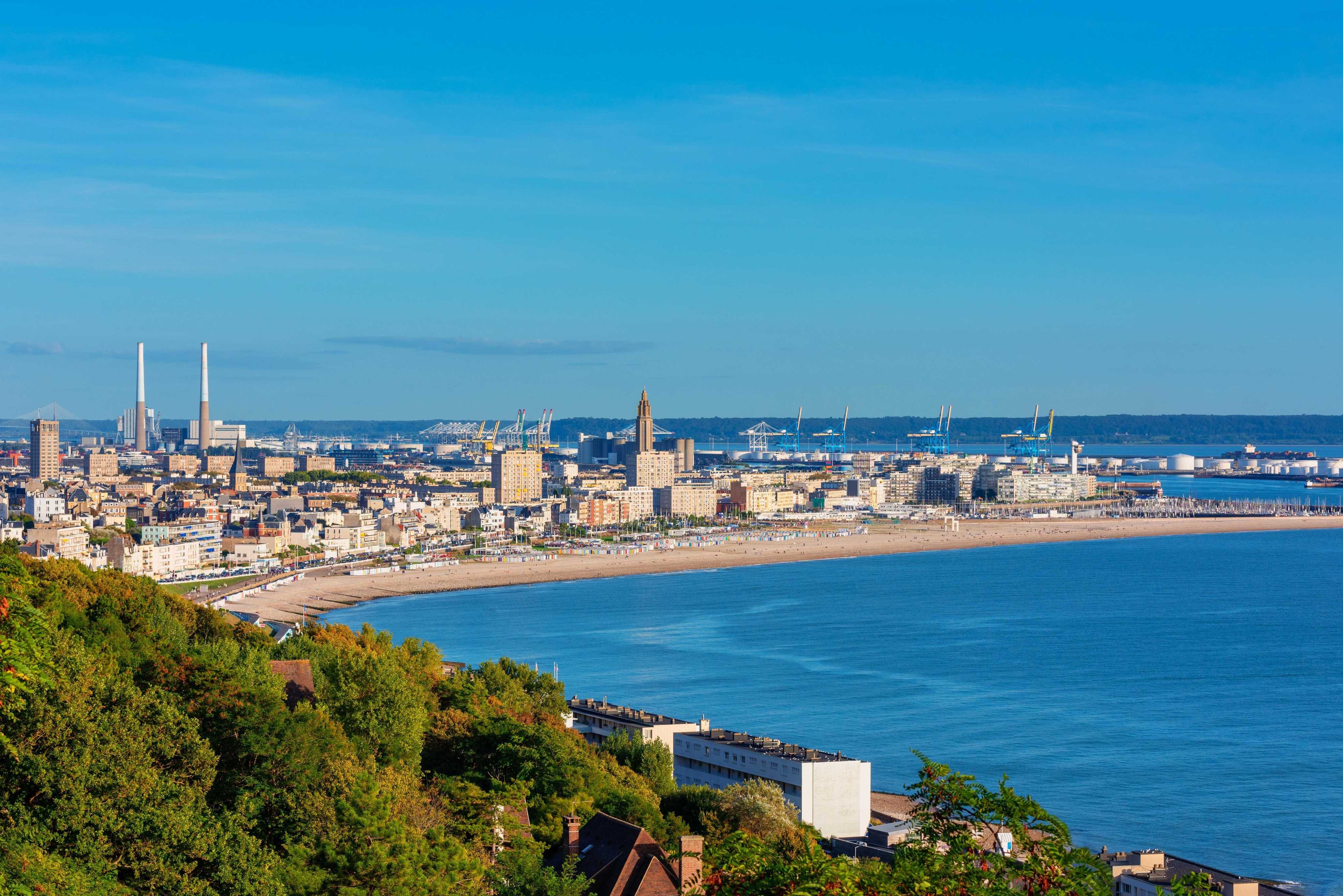
Continue heading south from Étretat until you reach the port of Le Havre. This is one of Normandy’s major cities and sits at the mouth of the River Seine. Offering a unique blend of urban metropolis and nature, the city was rebuilt after being destroyed in the Second World War. Auguste Perret spearheaded the redesign, opting to use concrete, of which he was a pioneer.
Le Havre is also considered the birthplace of Impressionism as Monet painted the sun rising between the chimneys of the city, naming the painting ‘Impression, Sunrise’. If you are interested in Monet, head to the village of Giverny, where Monet’s house and gardens are.
If you’re visiting the city in summer, you might see monuments and pieces of art around. They are part of Un Été Au Havre – Le Havre’s summer art festival.
Best Restaurants in Le Havre
- Le Margote – A modern, gourmet restaurant that occasionally nods to Asia.
- Spud Bencer – Serves homemade burgers and is a cafe and a bar too.
- La Taverne Paillette – Historic brasserie that dates back to 1596 and is famous for seafood and home-brewed beer.
Caen
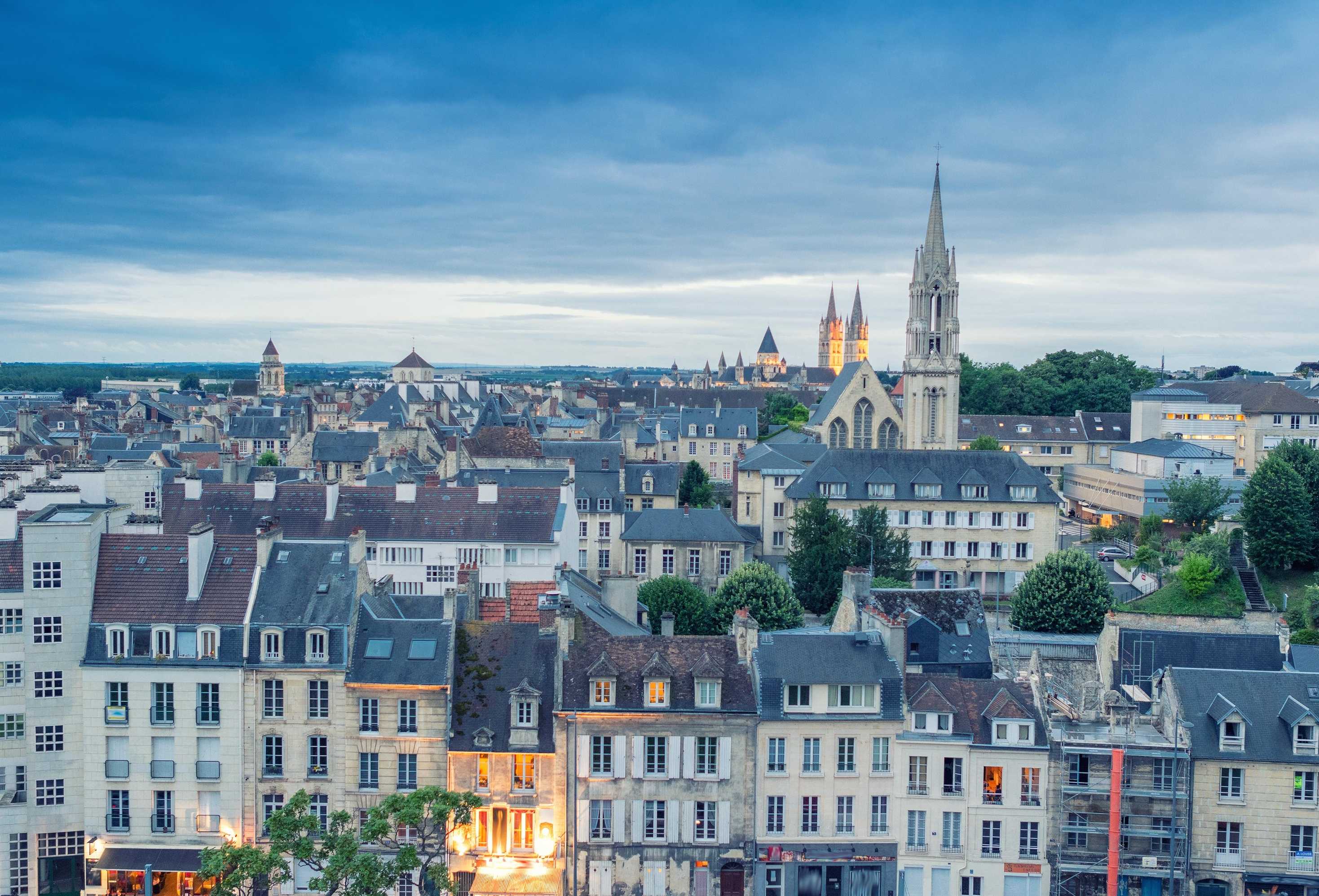
From either Le Havre or Giverny, continue to Caen, another port city. Caen is famous for the Château de Caen built by William the Conqueror circa 1060. It has lots of markets with great antique stalls and vintage clothing.
Caen boasts a lively town centre with charming half-timbered houses, medieval stone houses and narrow cobbled streets, all emblematic of the city. The Vaugueux Quarter is where the best restaurants in Caen are located and is a great place to go for a drink.
If you’re interested in World War Two history and want to visit Omaha Beach, one of the five assault beaches in the Allied invasion of Normandy, you should do so from Caen, as this is the nearest city.
Falaise
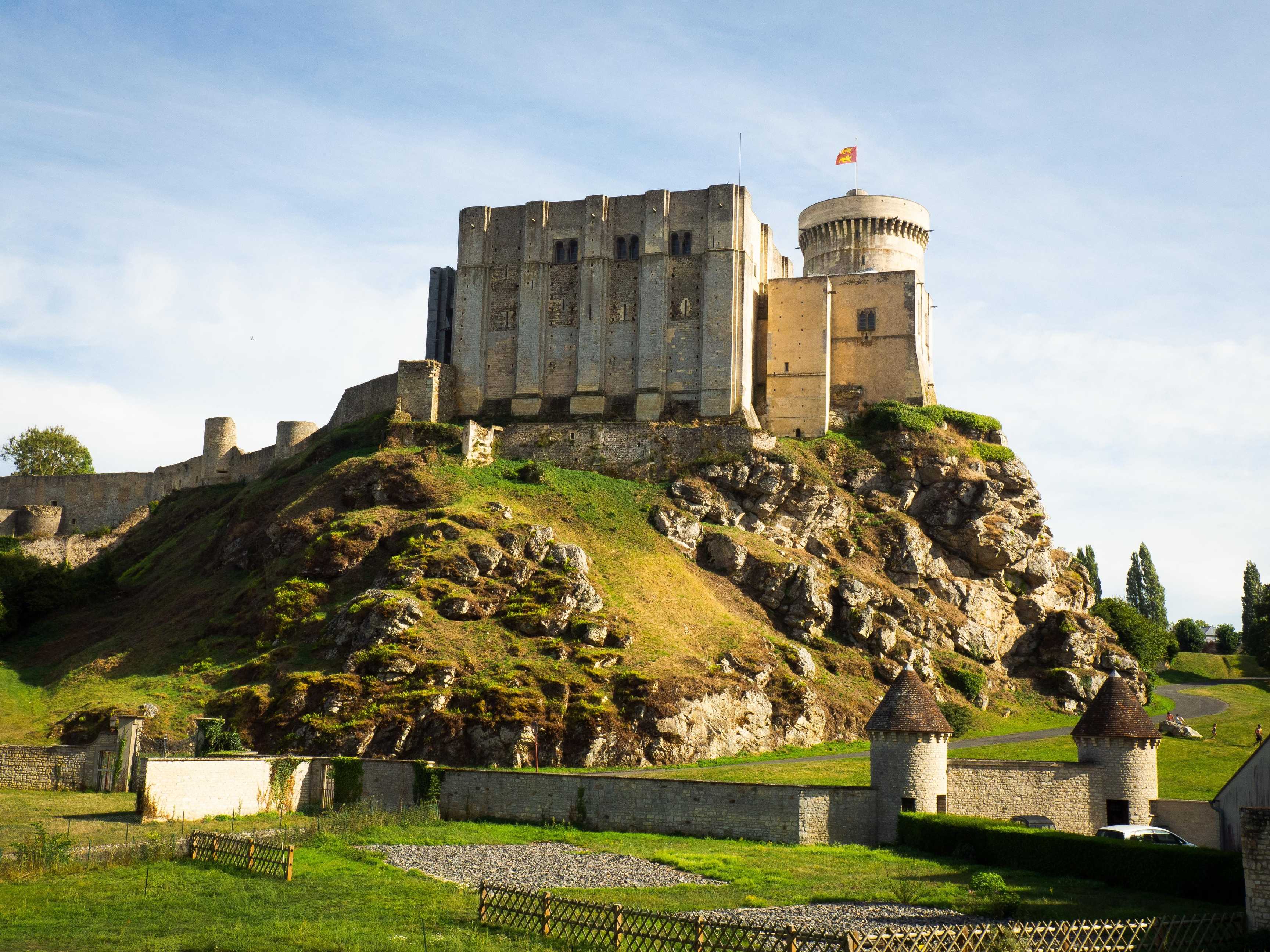
Thirty minutes from Caen is the small town of Falaise. The town is a blend of urban and country life and is of historical importance as Falaise is where William the Conqueror was born.
For the best view of the castle, head to Voie Panoramique street. As well as the castle, the town has lots of churches and abbeys, one of which (St Vigor Chapel) has been converted by Japanese artist Kyoji Takubo into contemporary art.
The countryside surrounding Falaise is perfect for walks and bicycle rides, or you could try your hand at water sports, whether it’s canoeing, kayaking or rowing, on the River Orne.
Best Restaurants in Falaise
- Le Vauquelin – Bistro cuisine made with fresh and seasonal produce.
- Le Renaissance – Brasserie in the town centre offering a daily menu.
- Osmose – Restaurant meets cheese shop; offering of refined dishes.
Mont-Saint-Michiel
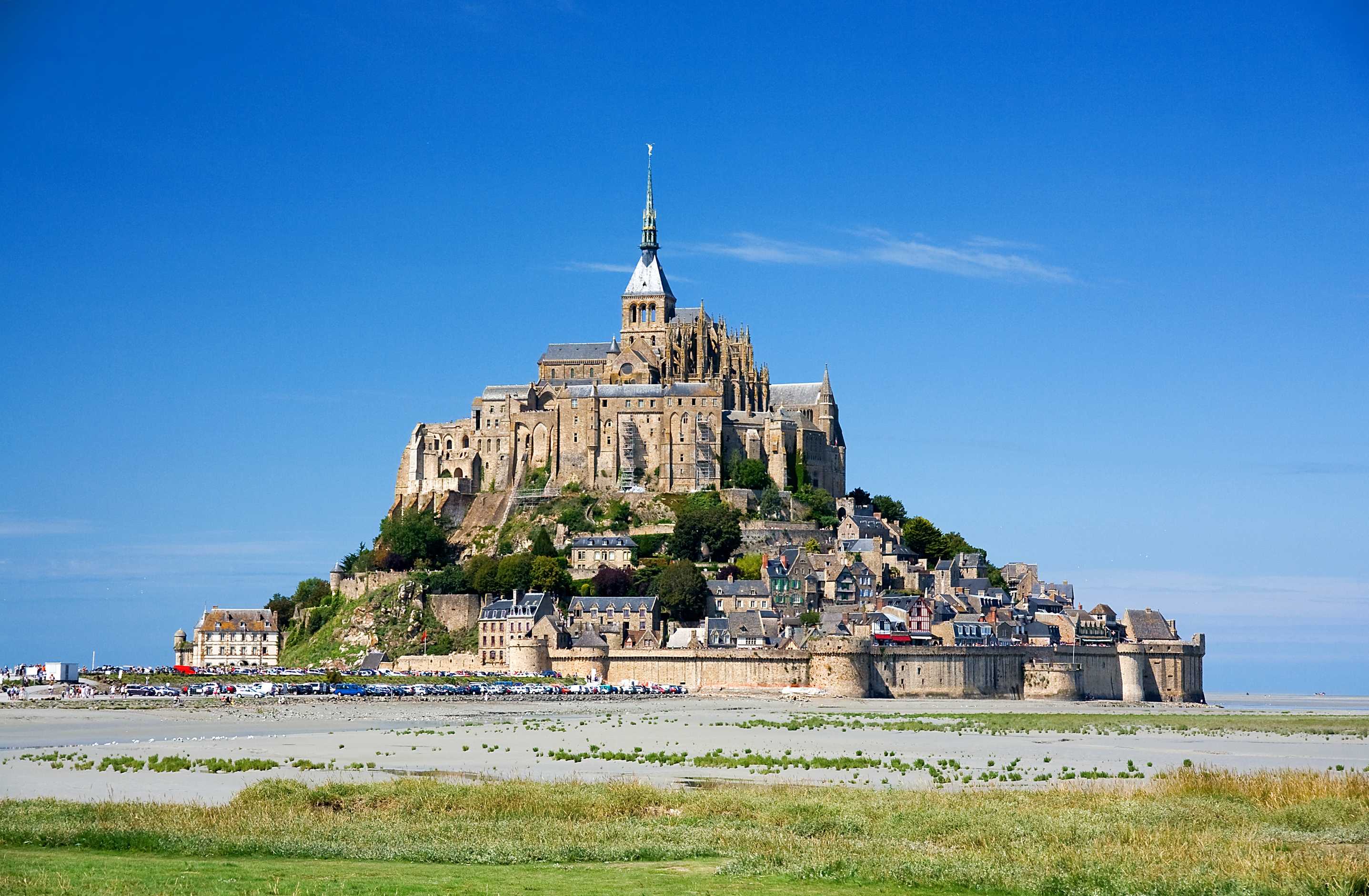
Mont-Saint-Michel is a tidal island on which the Mont-Saint-Michel Abbey sits. The Abbey is a perfect example of Gothic architecture. Since the 8th century, Mont Saint-Michel has been a pilgrimage site. On the island are streets with restaurants, shops and museums. Both day and night, there is a spectacular view of the bay.
The history of the abbey and its role in the Norman conquest of England is depicted in the Bayeux Tapestry, demonstrating the wealth of history attached to the abbey. You can see the Bayeux Tapestry in person at the Bayeux Tapestry Museum.
Best Restaurants in Mont-Saint-Michel
- Le Duguesclin – The best traditional restaurant on the Mont.
- Le Mouton Blanc – A 14th-century listed building with exposed beams. Can choose from the creperie or the brasserie menu.
- La Mère Poulard – Opening in 1888, this is the oldest restaurant on the Mont and is situated by the entrance.
Best Hotels in Mont-Saint-Michel
- Auberge Saint-Pierre – A 14th-century half-timbered building in the heart of Mont-Saint-Michel.
- Clos Saint Gilles – A B&B within a 17th-century mansion, located in the bay.
- L’Ermitage – 5-star luxury hotel within a small 19th-century building.
Final Thoughts
A Normandy road trip promises a blend of history, culture, and breathtaking scenery. Beginning in the charming port of Dieppe and ending at the iconic Mont-Saint-Michel, this journey showcases the very best of the region, from its rich heritage to its natural beauty.
This route includes motorways and toll roads, hiring a car makes it easy and flexible - just don't forget to take out a ReduceMyExcess car hire excess insurance policy to avoid any unexpected costs! Be sure to also familiarise yourself with French road signs before you set off.